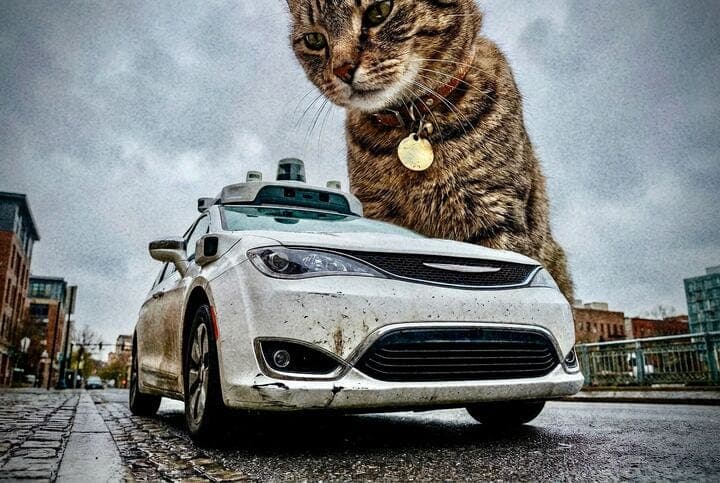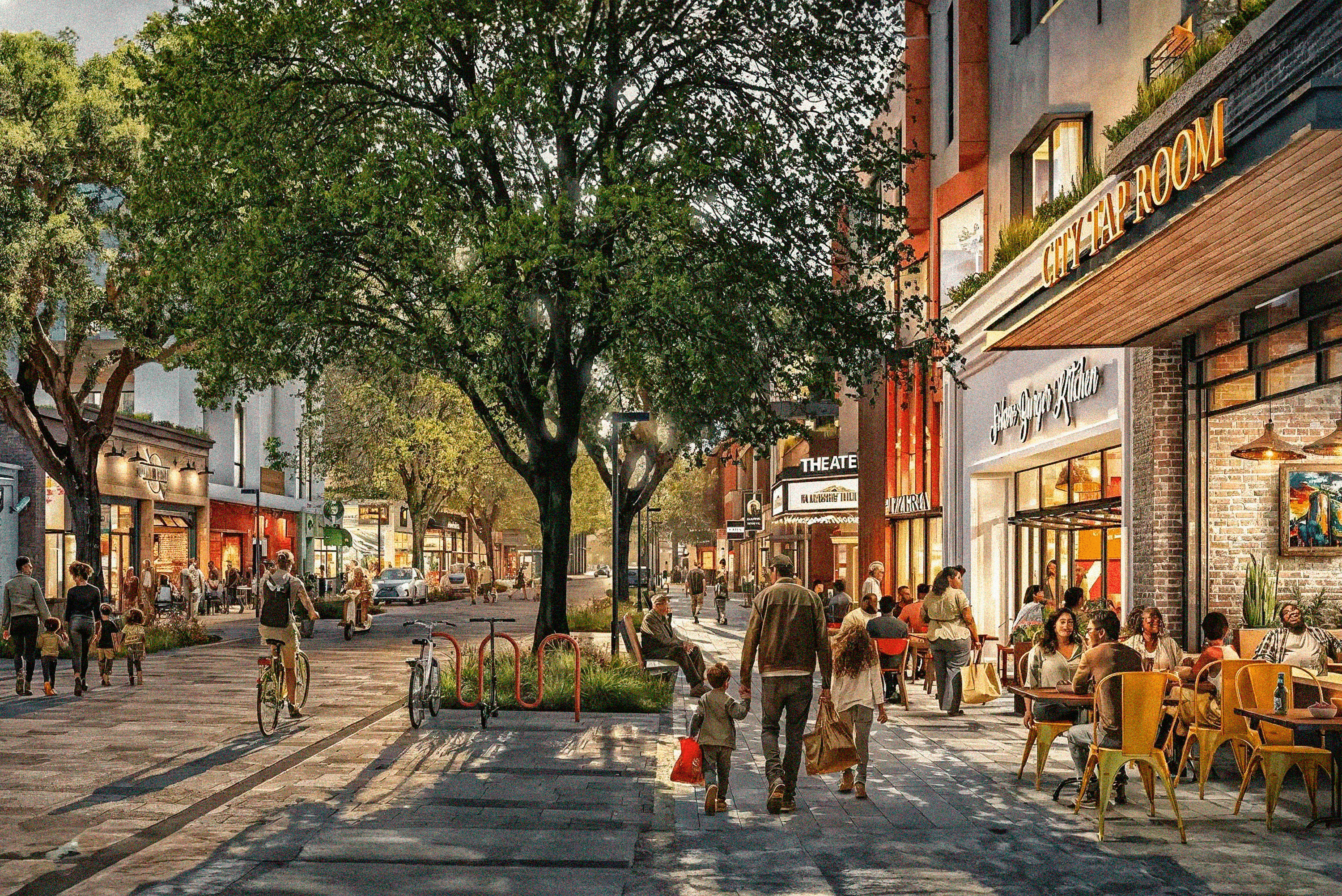
No, We Shouldn’t Ban Waymos Over a CatDec 12
on kitkat, the beloved sf feline who was run over by an autonomous vehicle, and jackie fielder, the pandering sf politician who now wants to ban the vehicles altogether
Apr 1, 2024

How $900 million can create a new city on 60,000 acres in Solano County
Solving the "chicken and egg" problem of developing a thriving community
Why it won't be that complicated to build and run if voters approve
This interview has been edited and condensed for clarity. Watch it in full here.
Solana: As a very little kid, for years my family would drive down from Jersey to Walt Disney World. We’d go camping at Fort Wilderness and we'd go to Disney and the Magic Kingdom and Epcot and see the incredible infrastructure everywhere — monorails and ferries — and as a kid, I was always shocked at the fact that this was a city, it was an interesting city that seemed to play by its own set of rules, totally different than the rest of the country.